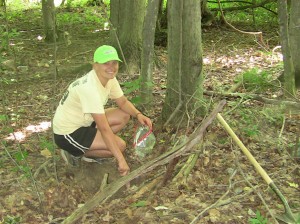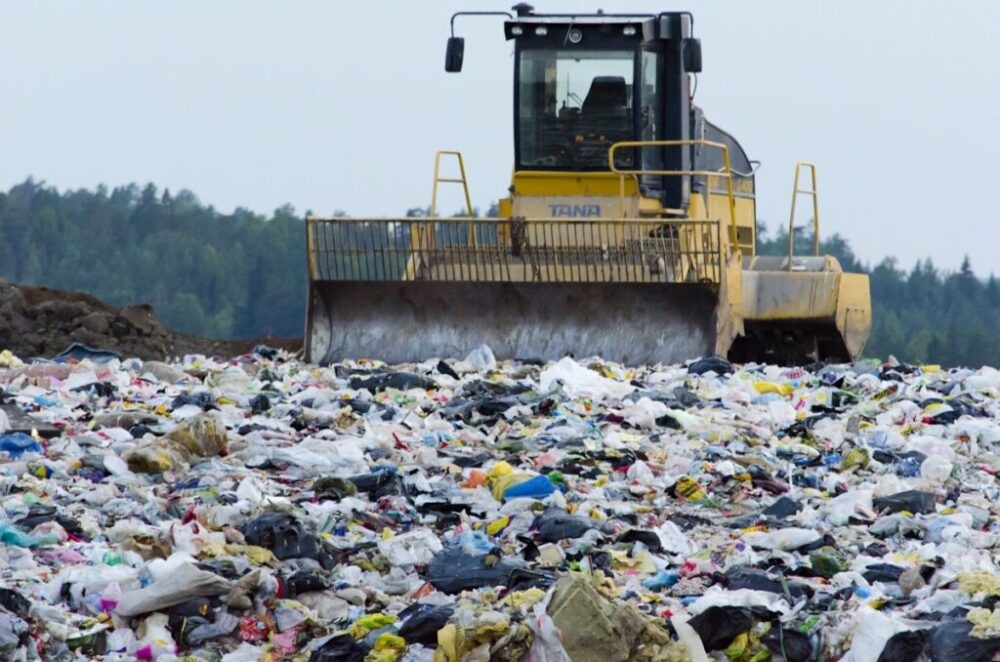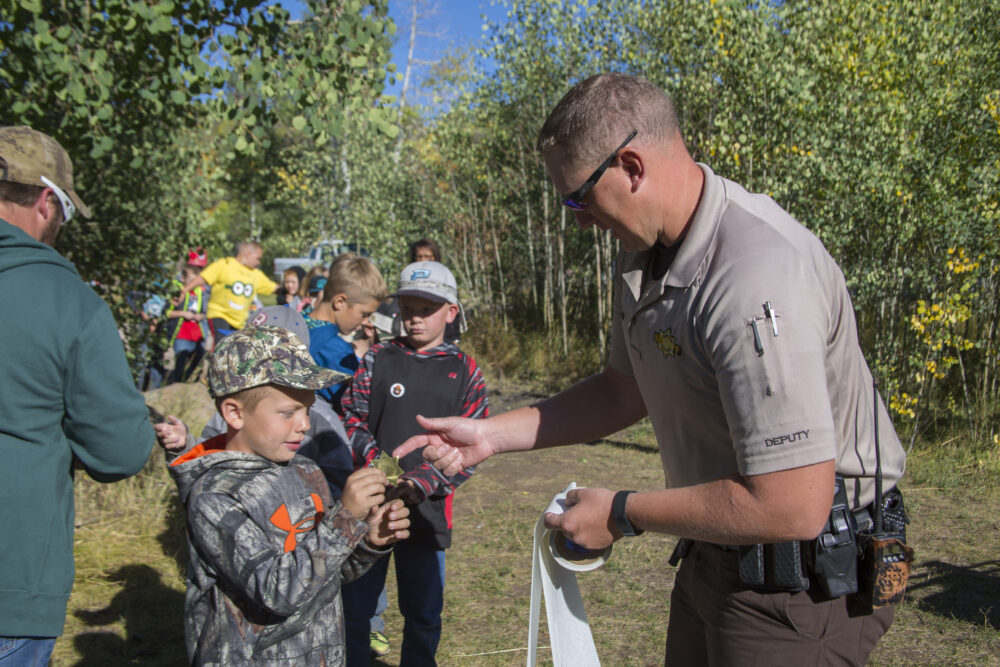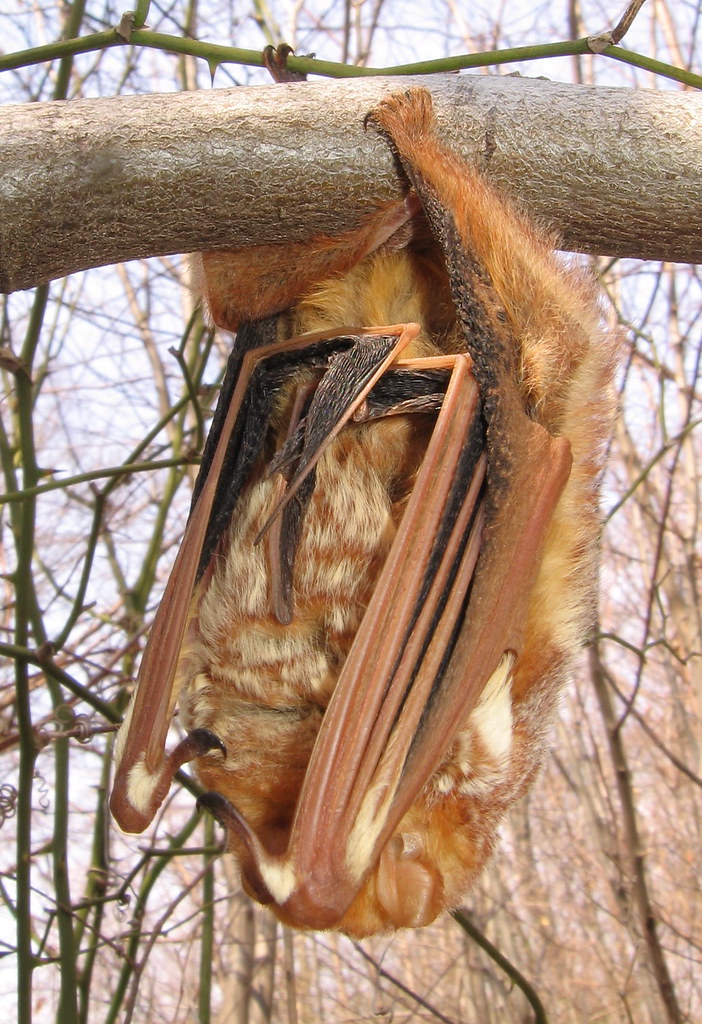We have much more to do and your continued support is needed now more than ever.
Campuses Safeguard Wildlife, Cut Carbon Pollution
Sure you’ve noticed the extreme weather events of the past few months: extended drought, supercharged storms. But do you know the specific effect of climate change on wildlife at your campus and in your community?
The 2013 NWF report “Wildlife in a Warming World: Confronting the Climate Crisis” details the challenges American wildlife are already facing as a result of human-caused climate change, and likely scenarios if global carbon emissions are not curbed, quickly. Despite the many negative changes, the report also outlines ways we can all, as individuals and as organizations, reduce our impacts on the planet. In the political realm, we can urge our government to pass legislation requiring the use of wildlife-friendly renewable fuels. In our communities, we can strengthen our local green spaces to better withstand global warming-caused changes and to be more wildlife-friendly.
Some of the top findings and calls to action of “Wildlife in a Warming World” include the following:
- Increase in temperature: Without significant new steps to reduce carbon pollution, our planet will warm by 7 to 11 degrees Fahrenheit by the end of the century
- More intensive wildfires: For every 1.8 degrees Fahrenheit warming across the American West, there will be a 2- to 6-fold increase in area burned by wildfire. These more frequent, longer-lasting, intense wildfires threaten species such as the Mexican spotted owl or the Gila trout, which live only in a small geographic area making them especially vulnerable to habitat destruction
- Too many nutrients in coastal waters: More frequent heavy rainfall events in places like the Mississippi River Basin will likely wash greater amounts of fertilizer, pesticides and other sediments from agricultural land into our waterways, spurring algal blooms and lowering dissolved oxygen levels, making the Gulf of Mexico uninhabitable for many fish and aquatic invertebrates
- Build more durable wild places: We need to protect our communities from climate-fueled weather extremes by making smarter development investments, especially those that employ the natural benefits of resilient ecosystems

These types of actions may sound like they are difficult to accomplish, that they require jumping over a lot of hurdles and following drawn-out bureaucratic processes, but think again! Nationwide, colleges and universities are leading the way to a more sustainable future, accomplishing green projects in just one corner of the quad or across the whole campus. In addition to the 665 college and university presidents who have committed to achieving carbon neutrality on their campuses (some as early as 2014!), over 800 campus climate actions have been recorded in NWF Campus Ecology Program’s Campus Sustainability Case Study Databasesince 1989. In 2012 alone, weadded 112 new projects to this collection. Below are just a few campuses transitioning away from fossil fuels, and working to better protect wildlife habitat.
- Mercyhurst University, Erie, PA. NWF Campus Ecology fellow Ellen Teygart conducted research on the carbon sequestration capacity of soil subjected to a number of agricultural methods. Mercyhurst University will use the measured sequestration amount as an offset to their emissions. Many universities include carbon offsets in their climate action plans to account for harder-to-control (“scope 3”) emissions related to study abroad travel or student and faculty commuting.
- University of Texas at Arlington, Arlington, TX. UT Arlington designed an Environmental and Regulatory Management System (ERMS), a “methodical approach to minimize adverse environmental impacts, maintain regulatory compliance, promote sustainability and encourage safe work practices.” The System is being implemented incrementally—it is currently in place at the Office of Facilities Management. It is important for colleges and universities (as well as other institutions, for instance, municipalities or corporations) to remain aware of their emissions and actively work to reduce them.
- Southeastern Community College, Whiteville, NC. Southeastern Community College used their Greenforce Initiative Grant to develop a “learning laboratory” on campus, showcasing xeriscaping and native plant landscaping. Xeriscaping eliminates or lessens the need for irrigation, preventing water from being diverted from our rivers or sucked from ever-shrinking groundwater supplies. Native plants provide habitat (and, coincidentally, food) for native species (funny how that works, huh?). The Greenforce Initiative is a partnership of NWF and Jobs for the Future to strengthen the capacity of community colleges to green the skills of our modern workforce.
These are just a few examples of climate-forward campuses. Explore our case study database for more ideas, and be sure to chronicle your own adventures in achieving carbon neutrality so that your project can be added to the database in 2013!
Do you have a wildlife habitat on your campus? We want to know if you would certify that green space with NWF. Take this short, 4-question survey and let us know!
Further reading:
- NWF’s 112 Best Green Campus Projects of 2012
- Read the new NWF report, “Wildlife in a Warming World: Confronting the Climate Crisis”
- View the list of colleges and universities that signed the President’s Climate Commitment
NWF’s Campus Ecology Program works with more than half of the nation’s 4,100 college and universities to advance climate action and sustainability on campus and in the community. Visit us at www.campusecology.org, like us on facebook and follow us on twitter @CampusEcology and @YouthForClimate.




















